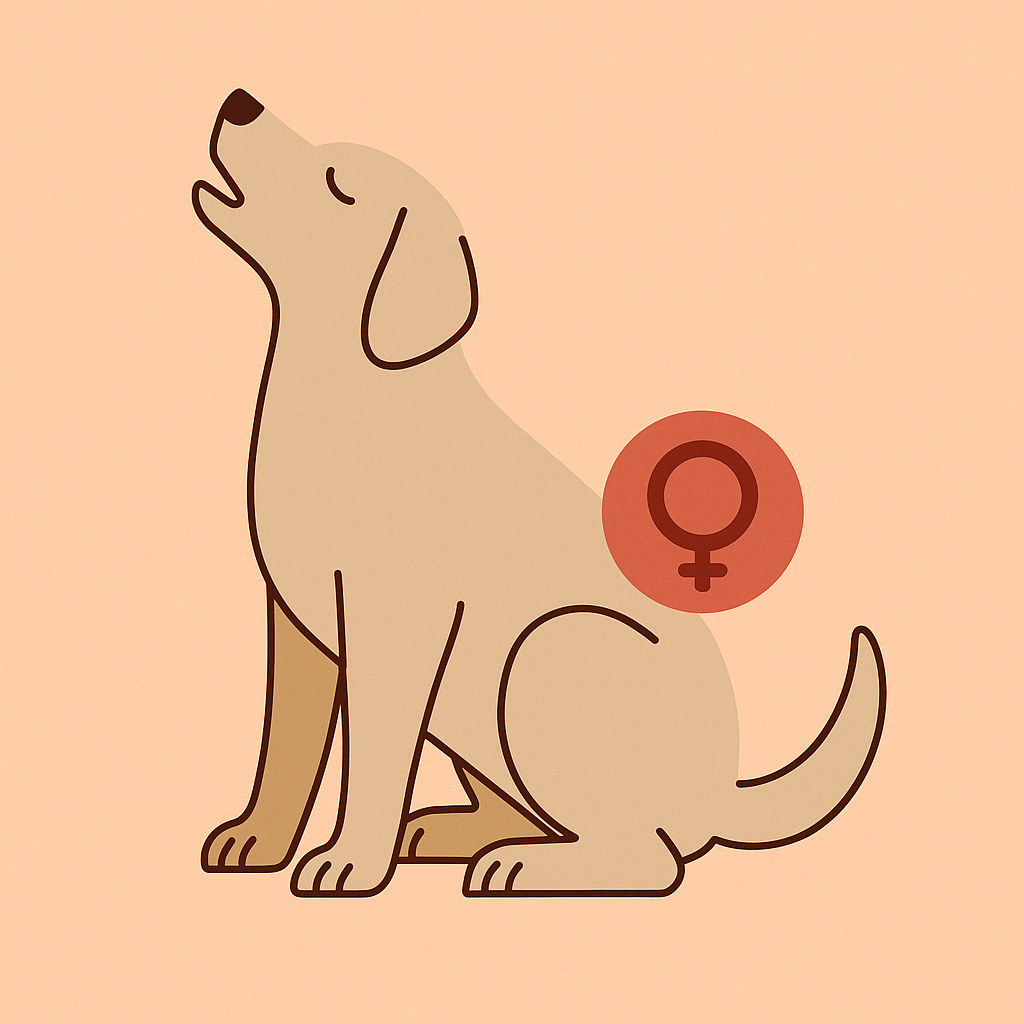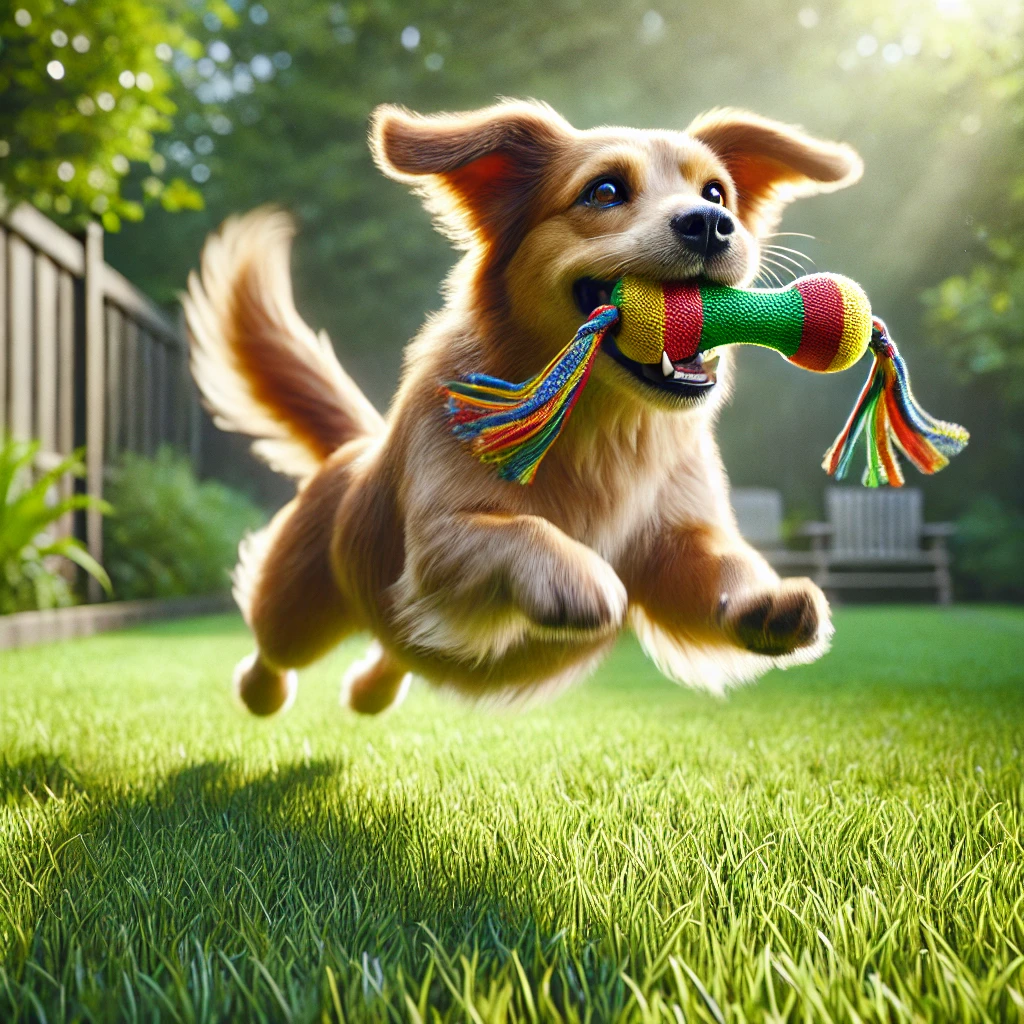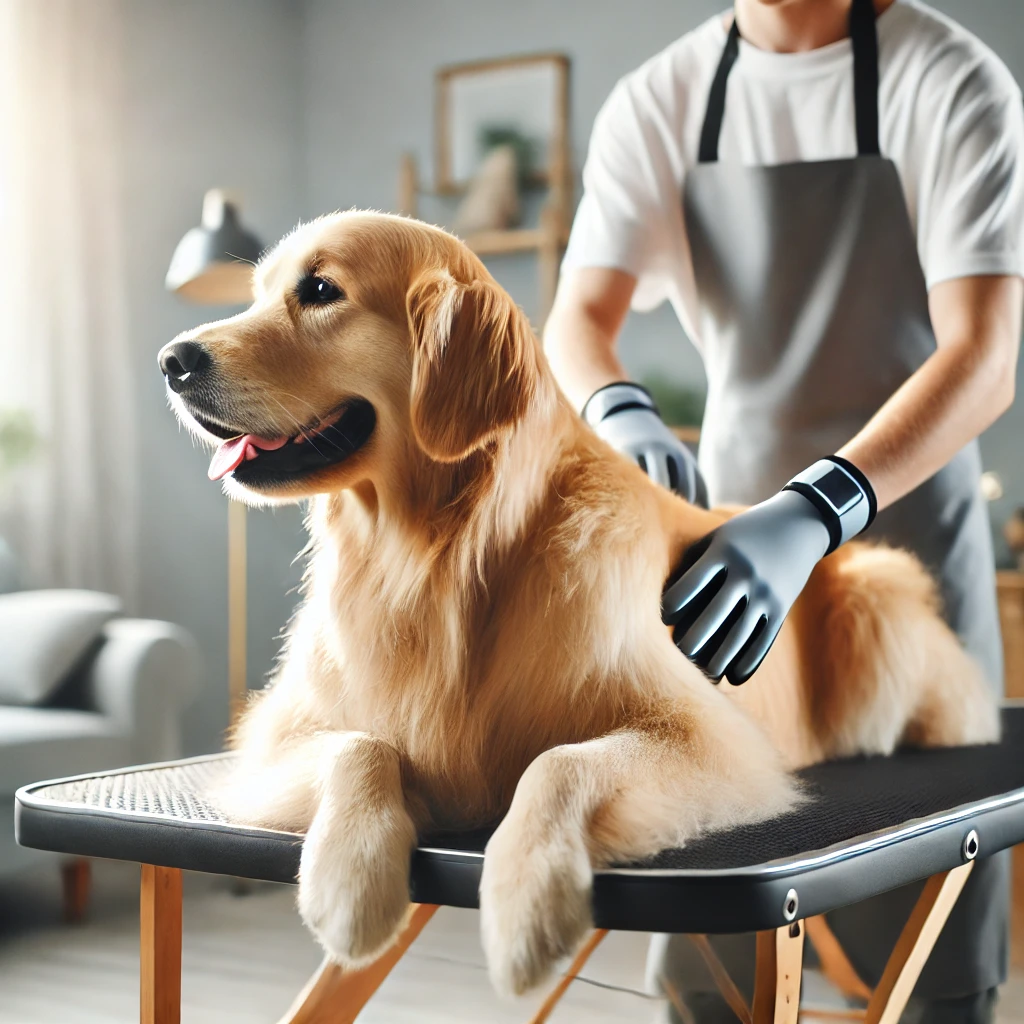Introduction
Hearing your dog cry, whine, or howl can be heartbreaking, especially when you don’t know what she needs. If your female dog is crying during Dog’s heat cycle, it’s not always about food, water, or attention. Instead, this emotional behavior is often rooted in complex hormonal and instinctual processes.
The dog’s heat cycle, also known as estrus, is a natural but intense time in a female dog’s life. It brings physical changes, hormonal shifts, and often surprising behavioral patterns—including vocalizations that can range from soft whimpers to prolonged howling.
If you’re wondering why your dog is suddenly more vocal or seems emotionally unsettled, this article offers real answers. Below, we explore 7 common reasons dogs cry during their heat cycle, plus evidence-based strategies to support and comfort your pet during this sensitive time.
Section A: Understanding a Dog’s Heat Cycle
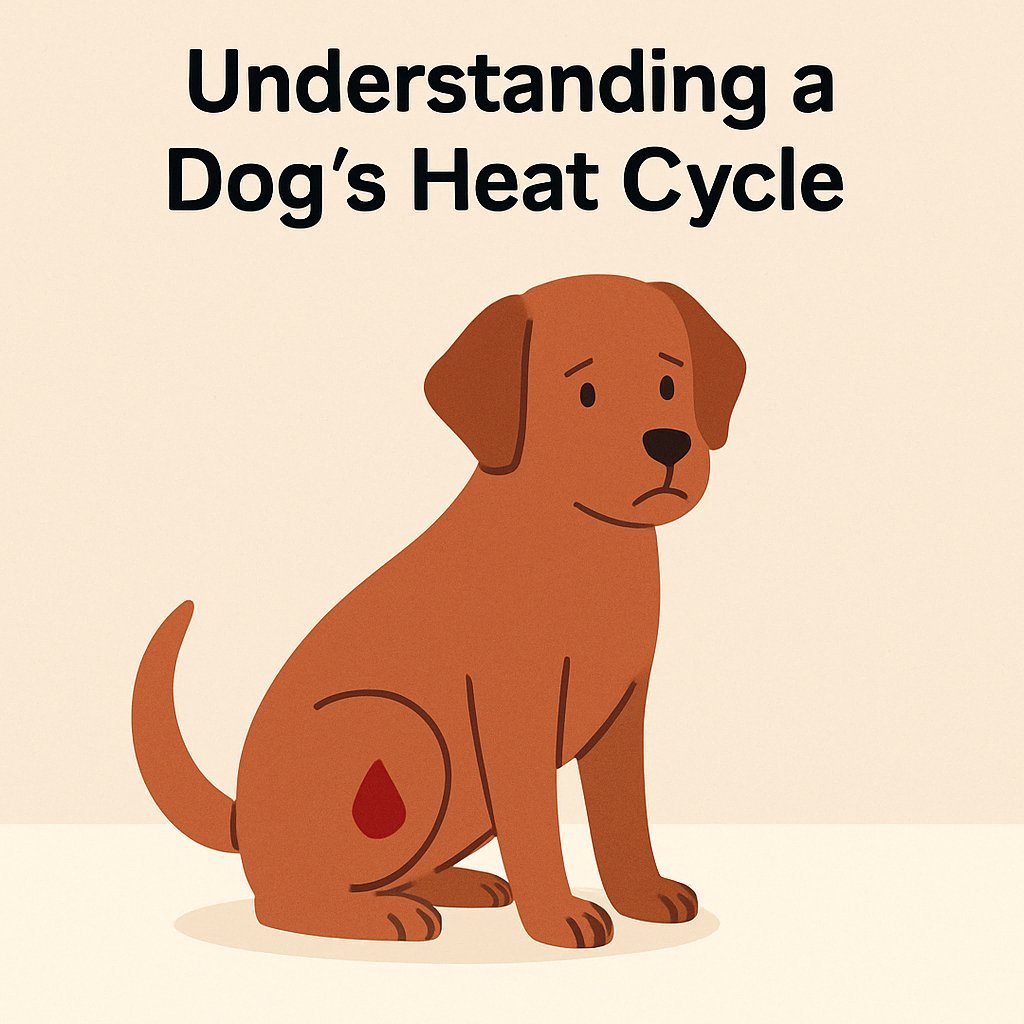
To understand why your dog is crying, it helps to first understand what the dog’s heat cycle involves. The cycle typically starts when a female dog reaches sexual maturity, which varies by breed but generally occurs between 6 to 24 months of age.
The heat cycle includes four stages, but only two are behaviorally significant when it comes to crying or howling:
1. Proestrus
Duration: 7–10 days
- Hormone levels begin to rise, especially estrogen.
- The vulva swells, and light bleeding begins.
- Dogs may become clingy, moody, or confused.
2. Estrus
Duration: 5–9 days
- Fertility peaks as estrogen drops and progesterone rises.
- The female is receptive to mating.
- This is when vocal behaviors like crying or howling are most pronounced.
The changes during the dog’s heat cycle are physical and affect emotions and behavior. A normally calm dog may become restless, anxious, or intensely vocal. These changes are biologically driven, and owners need to understand them to respond appropriately.
Section B: 7 Reasons Your Dog Cries During Her Heat Cycle
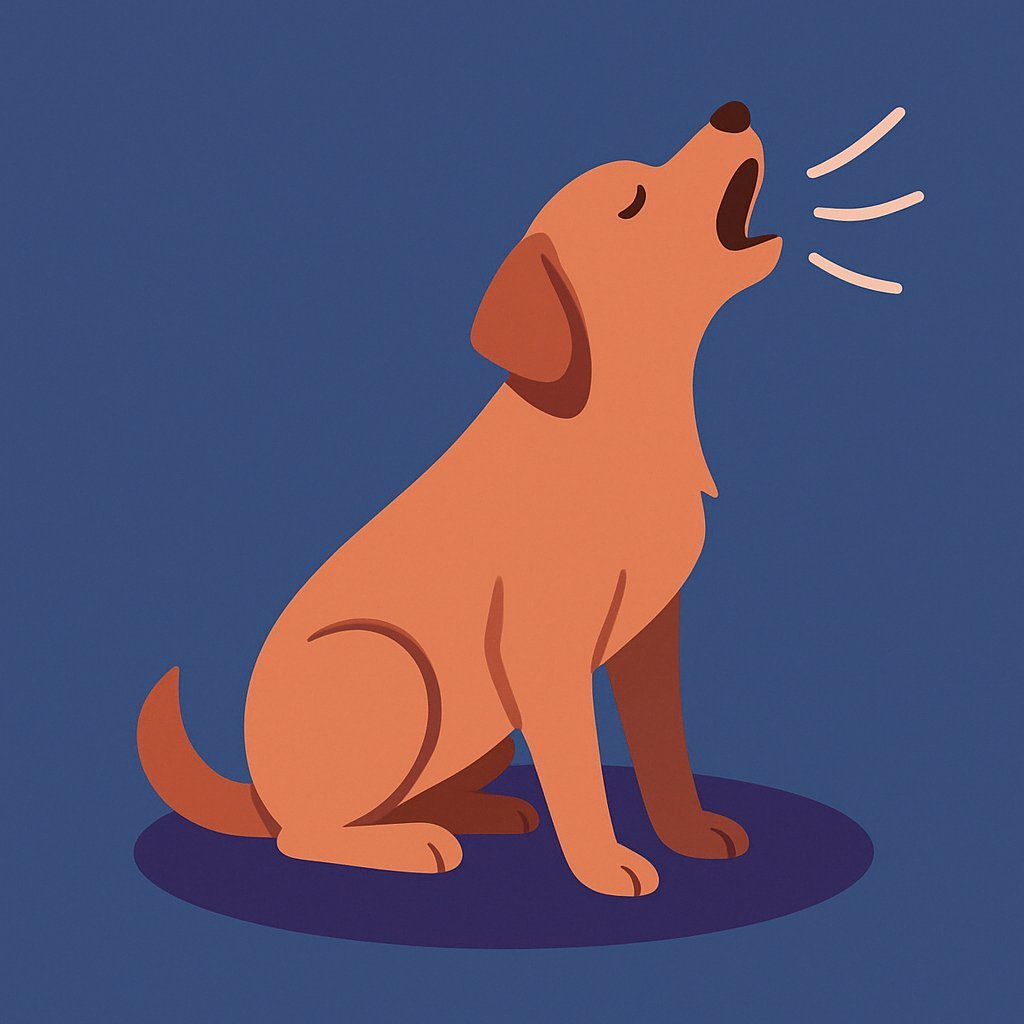
Reason 1: Hormonal Fluctuations
The shift in hormone levels can cause emotional distress.
Explanation:
During the dog’s heat cycle, levels of estrogen and progesterone swing dramatically. These hormones affect not only reproductive readiness but also mood and behavior. Just like humans, dogs can experience emotional highs and lows due to hormonal imbalances.
Solution:
Provide a calm and predictable environment. Avoid sudden changes in routine. Keep her space clean and comfortable, and speak to her gently. This stabilizes her mood and reduces the impact of hormonal stress.
Reason 2: Mating Instinct
Crying may be an instinctual call to male dogs.
Explanation:
During the estrus phase of the dog’s heat cycle, females are biologically driven to attract a mate. Crying, howling, or pacing are ways dogs signal their readiness to breed. It’s a natural behavior, though it may be distressing for both the dog and her owner.
Solution:
Keep your dog indoors and away from male dogs. If mating is not part of your plan, spaying can eliminate the cycle and reduce emotional distress in the long term.
Reason 3: Physical Discomfort or Cramping
She may be experiencing mild pain or bloating.
Explanation:
Although dogs don’t menstruate like humans, the dog’s heat cycle can still involve internal changes that cause discomfort, especially in the abdominal area. Cramping, swelling, or irritation can all trigger whining or crying.
Solution:
Apply a warm towel to her belly for short periods, monitor her closely, and consult your vet before administering any pain relief. Only use medications prescribed for dogs.
Reason 4: Stress and Restlessness
Heightened senses can cause anxiety.
Explanation:
The dog’s heat cycle often makes dogs more alert to sights, sounds, and smells. She may struggle to sleep, pace around the house, or cry for seemingly no reason. This restlessness stems from overstimulation.
Solution:
Create a quiet sanctuary in your home with low lighting and minimal noise. Use pheromone diffusers or natural calming sprays (vet-approved) to ease tension. Keep windows closed if nearby dogs trigger vocalization.
Reason 5: Learned Attention-Seeking Behavior
She may have learned that crying gets her attention.
Explanation:
If you tend to comfort or reward her every time she cries, she may start using the behavior as a tool, even when she’s not in distress. The dog’s heat cycle amplifies these tendencies.
Solution:
Reward her when she’s calm, not when she’s crying. Offer praise or treats when she’s quiet and relaxed, reinforcing that this is the preferred behavior.
Reason 6: Environmental Triggers
Changes in her surroundings may heighten her insecurity.
Explanation:
Dogs are sensitive to their environment, especially during their heat cycle. Loud noises, unfamiliar guests, or a change in home layout can all trigger emotional reactions.
Solution:
Avoid hosting large gatherings or making major changes during the heat cycle. Keep her environment as familiar and routine as possible to prevent unnecessary anxiety.
Reason 7: Underlying Health Problems
Crying may indicate a medical issue unrelated to the heat cycle.
Explanation:
While the dog’s heat cycle explains most behavioral changes, some symptoms may suggest infection or illness, such as a urinary tract infection (UTI), vaginitis, or pyometra (a serious uterine infection).
Solution:
Watch for signs like unusual discharge, difficulty urinating, lethargy, or foul smells. If these symptoms accompany her crying, seek veterinary attention immediately.
Section C: How to Support Your Dog During Her Heat Cycle
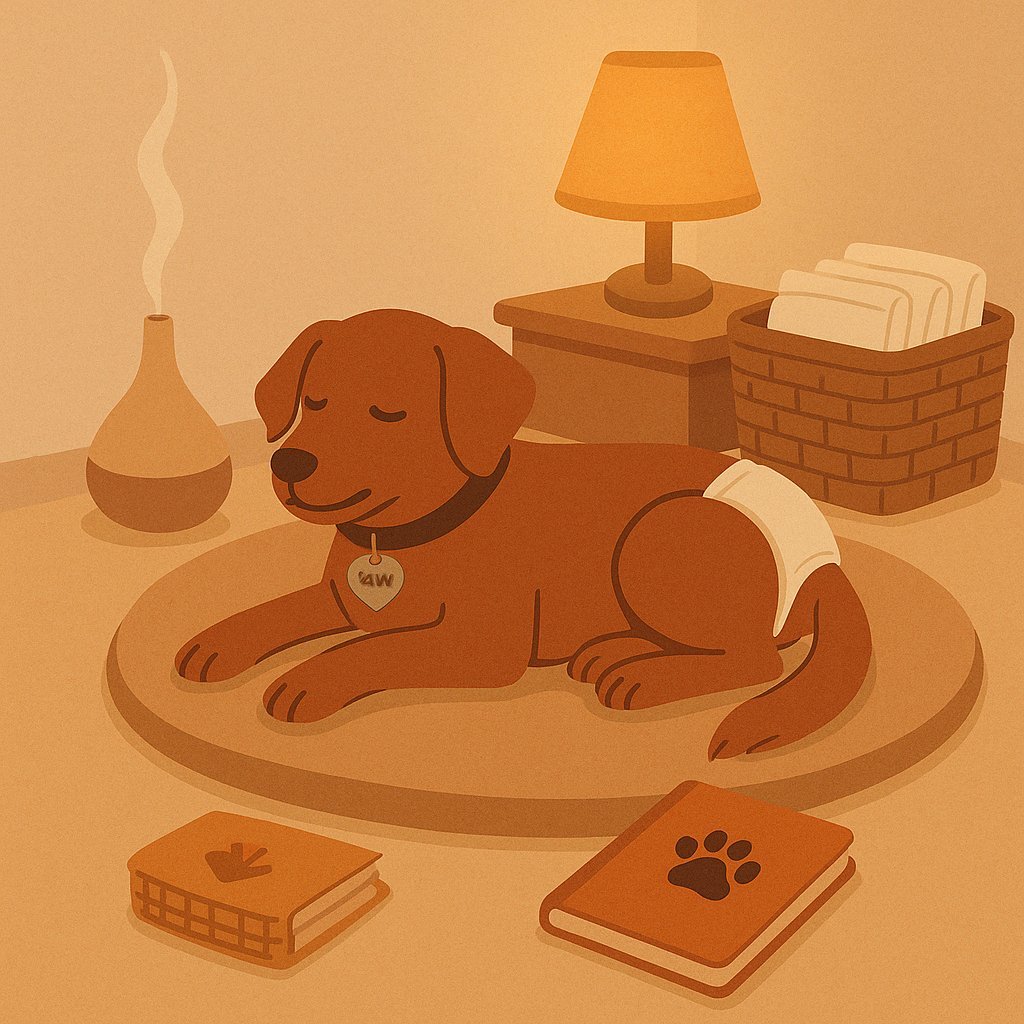
Create a Peaceful Space:
Set up a quiet room with her bed, favorite toys, and soft lighting. This helps her feel secure and protected.
Use Dog Diapers:
These manage bleeding and prevent messes. Choose breathable, absorbent materials that don’t irritate.
Apply Natural Calming Tools:
Vet-approved calming chews, pheromone sprays, or lavender-scented diffusers can help ease anxiety without medication.
Maintain a Stable Routine:
Stick to a consistent feeding and walking schedule. This reduces confusion and emotional disruption during the heat cycle.
Monitor Her Behavior:
Keep a journal of symptoms and mood changes. This helps your vet identify patterns and make recommendations for care or spaying.
Avoid Punishment:
Never scold her for crying. Her behavior isn’t defiant—it’s instinctual. Instead, offer gentle redirection and emotional reassurance.
Talk to Your Vet:
Your vet may recommend spaying if the dog’s heat cycle is consistently intense or disruptive. It prevents future cycles and reduces the risk of reproductive diseases.
Section D: Recommended Products to Support Your Dog’s Heat Cycle
Caring for your dog during her heat cycle can be easier—and more comfortable for her—with the right tools. Below are vet-recommended and highly rated products that help with hygiene, anxiety relief, and overall well-being during this sensitive period.
1. Wegreeco Washable Female Dog Diapers
Why it helps:
These reusable, soft-fabric dog diapers are perfect for managing bleeding during your dog’s heat cycle. They’re leak-proof, breathable, and come in stylish patterns.
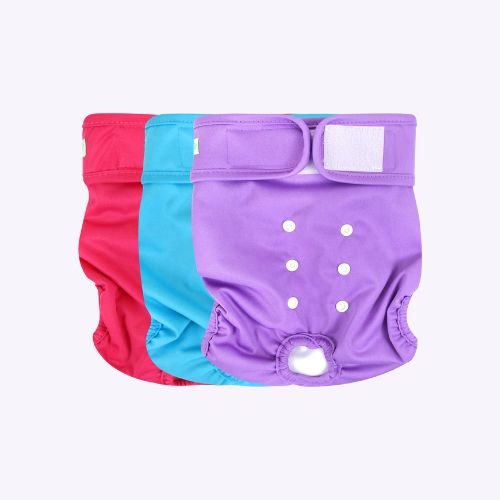
2. Best Friends by Sheri Calming Dog Bed
Why it helps:
Designed to promote a sense of security, this donut-shaped calming bed helps ease your dog’s anxiety, especially when she’s feeling vulnerable or restless.
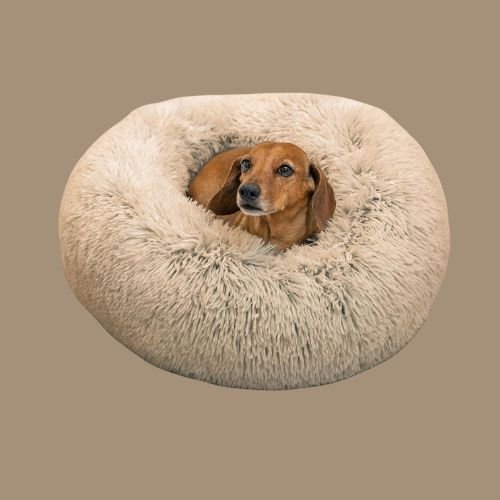
3. Adaptil Calm Home Diffuser for Dogs
Why it helps:
This vet-recommended pheromone diffuser mimics natural calming signals. It’s perfect for reducing whining, pacing, and other heat-related stress behaviors.
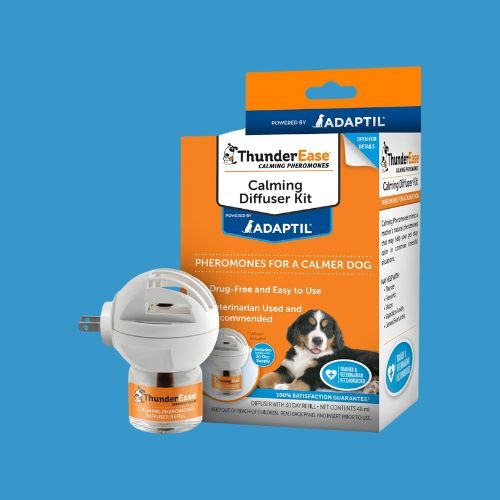
4. Zesty Paws Calming Bites
Why it helps:
These soft chews include natural ingredients like L-Theanine, Chamomile, and Melatonin to help soothe nerves and balance mood, without sedation.
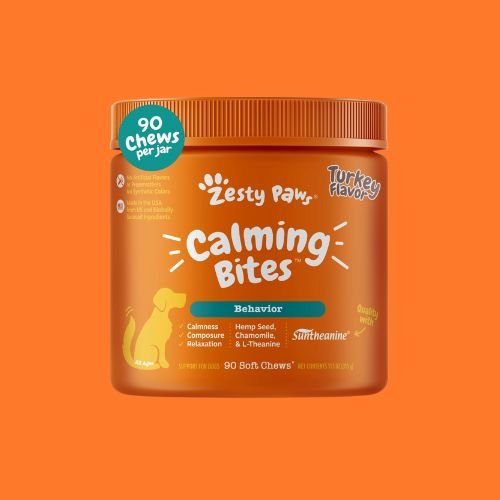
5. Nature’s Miracle Dog Stain & Odor Remover
Why it helps:
Accidents can happen during a dog’s heat cycle. This enzyme-based cleaner neutralizes odors and removes stains from carpets, bedding, or floors.

🐶 Pro Tip: Always consult your vet before giving your dog any calming supplements or using new hygiene products—especially during her heat cycle.
Conclusion
The dog’s heat cycle is a natural but often overwhelming phase for both dogs and their owners. Vocal behaviors like crying, whining, or howling aren’t signs of misbehavior. They’re instinctive reactions to hormonal shifts, emotional sensitivity, and physical discomfort.
Understanding these changes helps you respond with empathy instead of confusion. Whether your dog is reacting to restlessness, mating instincts, or mild pain, offering calm support can make a big difference. A quiet space, a steady routine, and gentle interaction provide the comfort she needs.
💡 Final Tip:
If your dog’s behavior seems unusually intense or is accompanied by physical symptoms, don’t hesitate to contact your vet. With professional guidance and your care, your dog can move through her cycle with much less stress and much more comfort.

